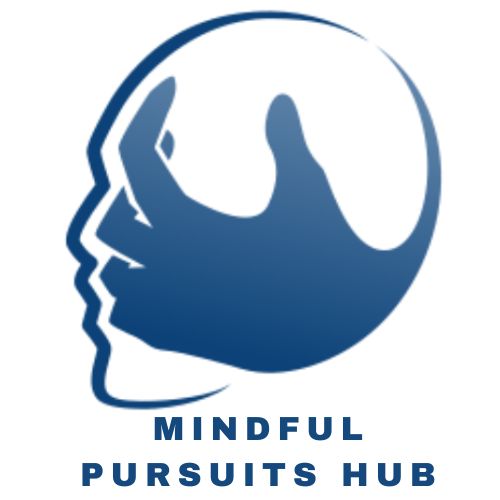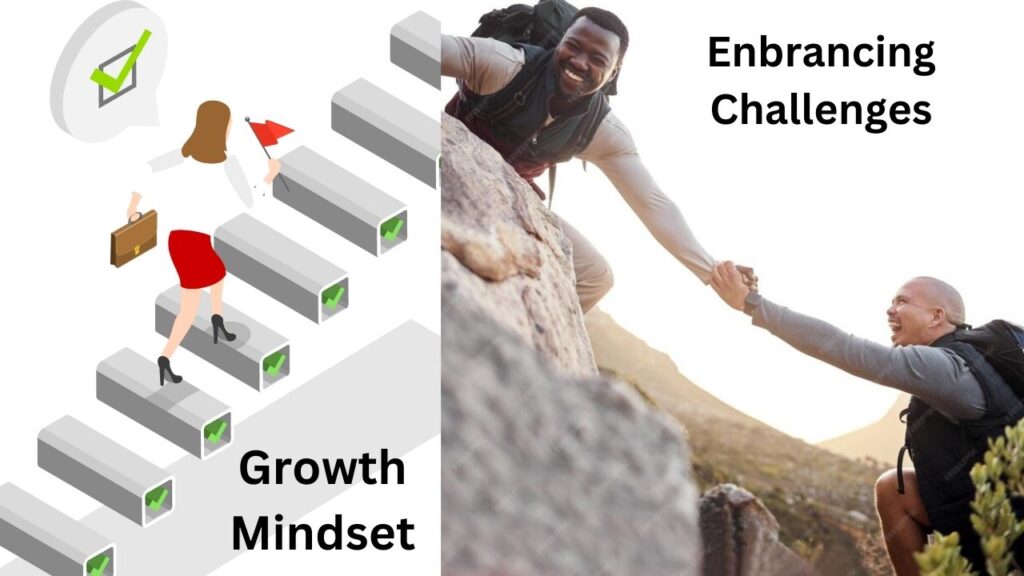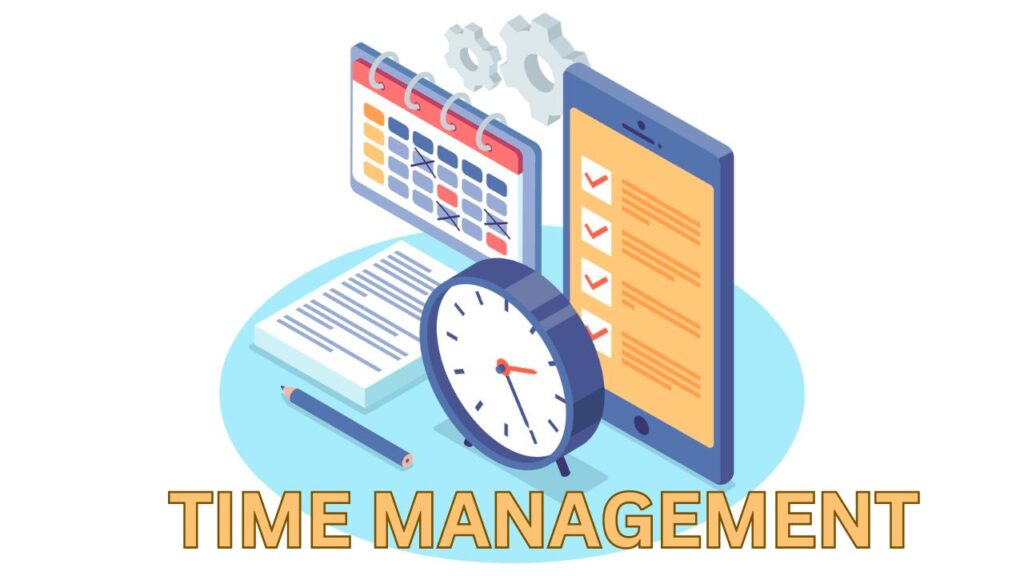Effective decision-making is a fundamental skill that influences every aspect of our lives, from personal relationships to professional success. Each day, human engages in decision-making processes – about career, job, marriage, health, friendship, business, investment, purchase, travel, school to attend, book to read, what to do, food to eat, dress to put on, etc. The ability to make sound decisions is a key determinant of our happiness and achievement. Yet, decision-making can be a complex and daunting process, especially when faced with critical choices. This article explains the art of effective decision-making, from understanding the psychology behind it to practical strategies that can help you make better decisions in all aspects of life.
Jump to Section:
ToggleThe Psychology of Decision Making
Before going into strategies for effective decision-making, it is essential to understand the psychological underpinnings of this intricate process.
1. Cognitive Biases
Cognitive biases are systematic patterns of deviation from norm or rationality in judgment. These biases can significantly affect our decision-making process, often leading to suboptimal choices. Some common cognitive biases include:
- Confirmation Bias: This bias reflects the human tendency to actively seek, interpret, and recall information that aligns with pre-existing beliefs or convictions. Individuals often subconsciously favour information that confirms their established viewpoints, potentially skewing the decision-making process.
- Anchoring Bias: Anchoring occurs when individuals rely heavily on the first piece of information encountered, often referred to as the “anchor,” when making subsequent decisions. This initial piece of information can wield disproportionate influence, shaping subsequent choices even if it may not be the most relevant or accurate.
- Availability Heuristic: The availability heuristic involves the tendency to overestimate the importance of information readily available or easily recalled. This bias can lead individuals to assign greater significance to information that is more accessible in their memory, potentially overlooking less accessible but equally pertinent data.
- Sunk Cost Fallacy: The sunk cost fallacy revolves around the inclination to persist in a decision based on previously invested resources, such as time, money, or effort, rather than objectively evaluating the current situation. Individuals may feel compelled to continue down a certain path simply because of the investments made, even if the investments no longer align with their best interests.
Recognizing and mitigating these biases is a crucial part of effective decision-making.
2. Emotions and Decision Making
Emotions play a significant role in decision-making. When faced with choices, our emotions can cloud our judgment, leading us to make impulsive or irrational decisions. For example, fear may lead to avoidance, while excitement can result in impulsive actions. Balancing emotions with rational thinking is essential for making sound decisions. Emotional intelligence, which involves recognizing and managing your emotions and those of others, can be a valuable asset in this regard.
Strategies for Effective Decision Making







